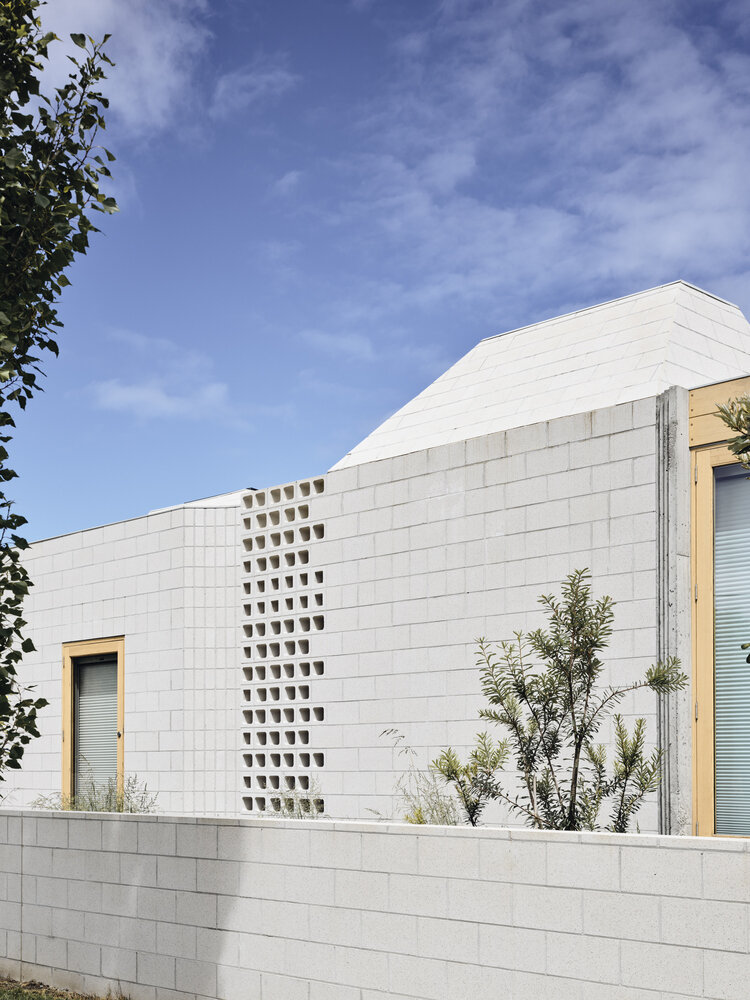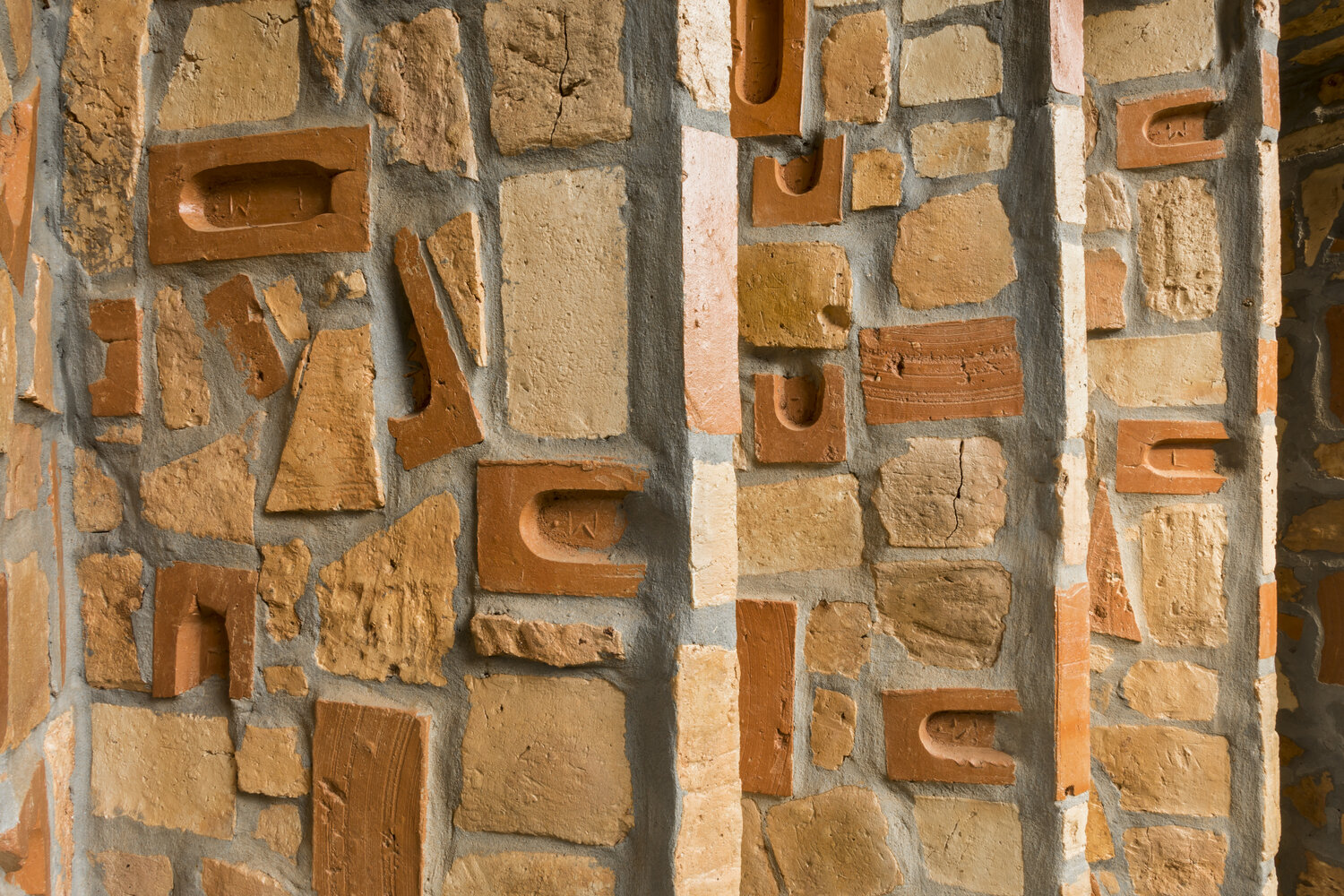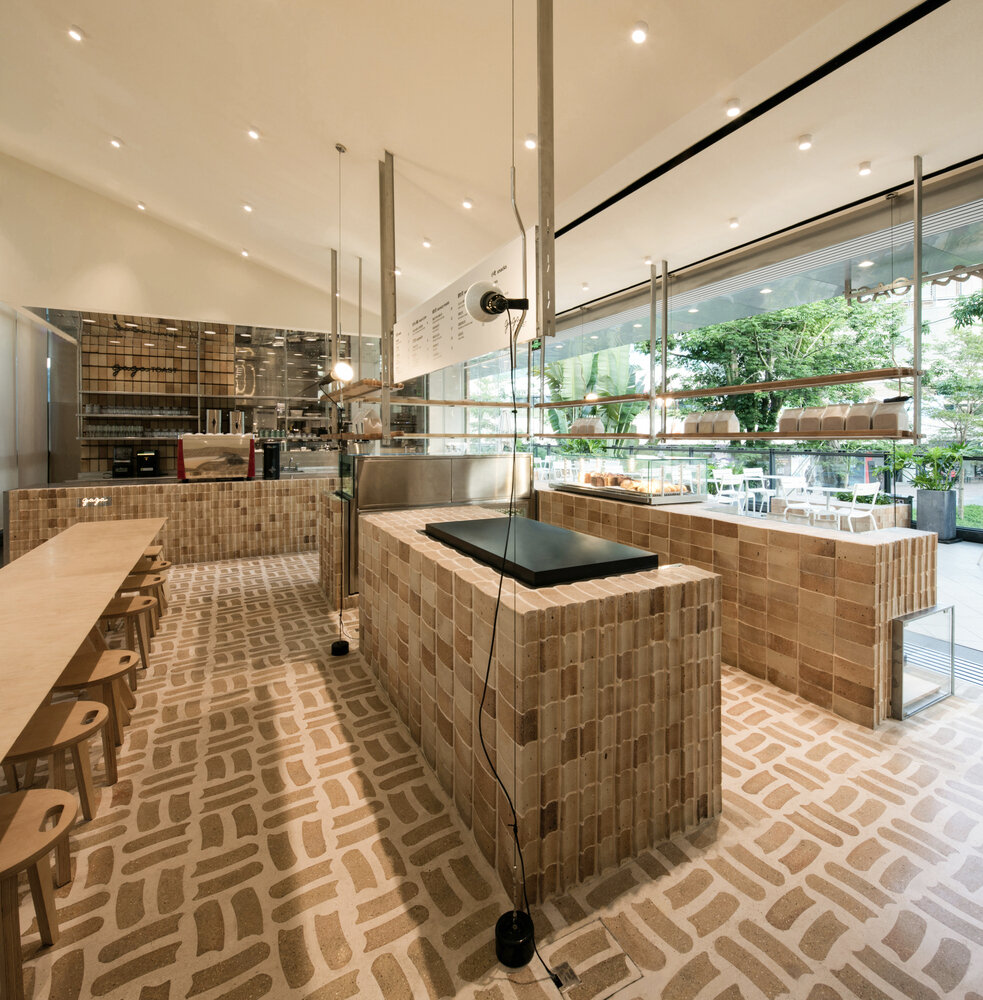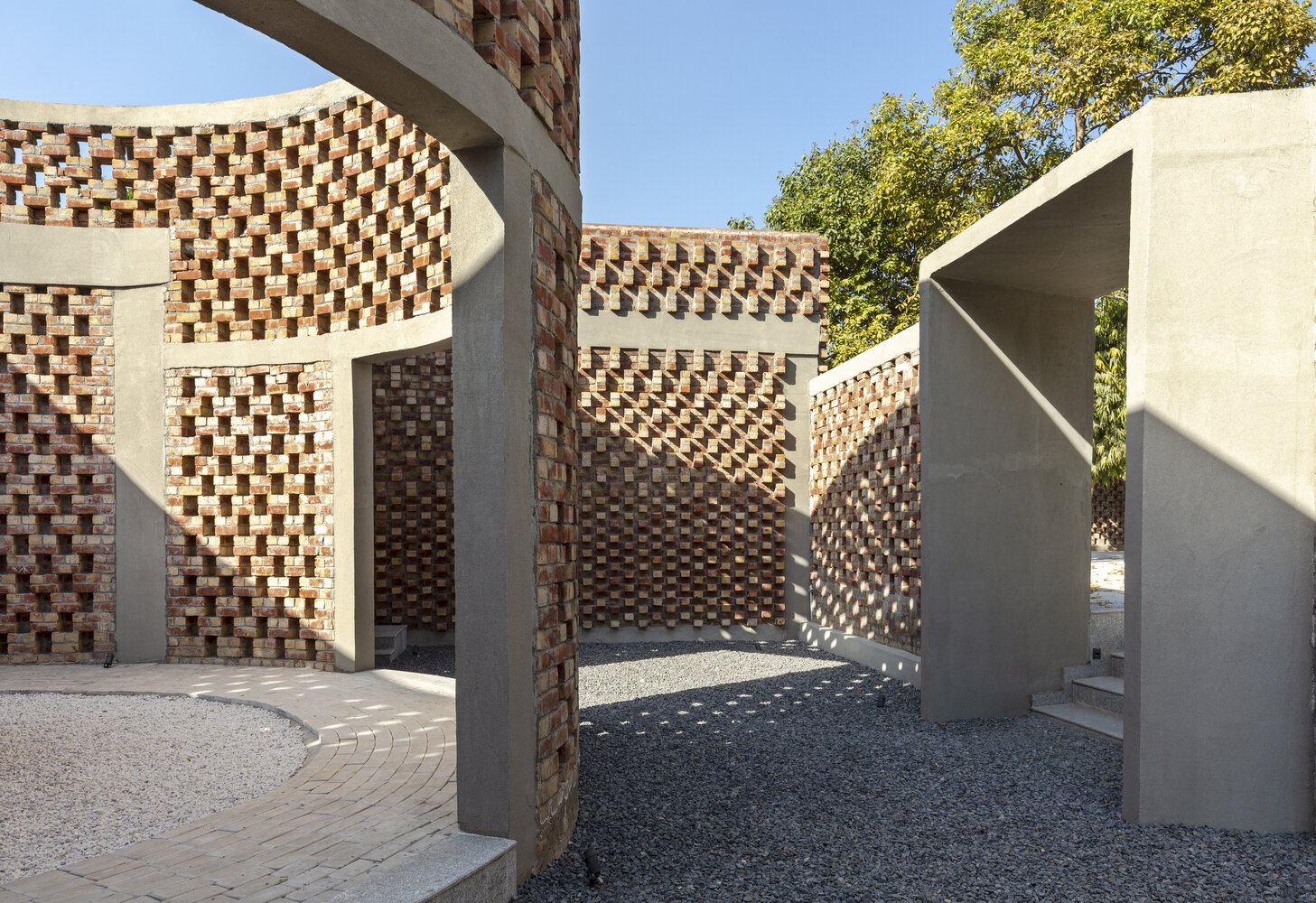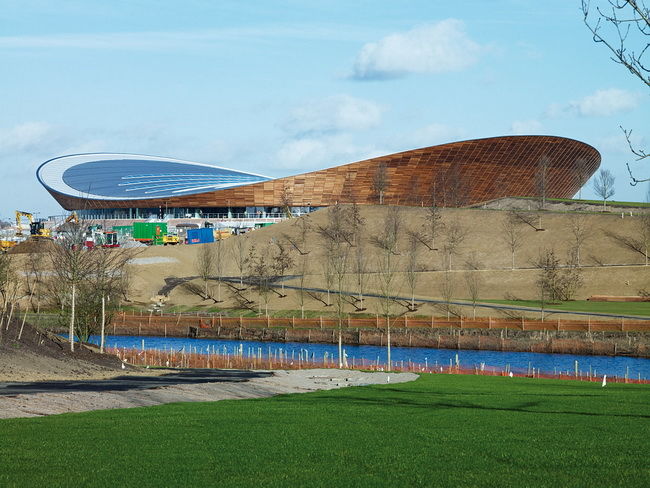There is more to the idea of a block of clay.
Bricks have emerged in a range of shapes and sizes, depending on the materials used and the methods used to make them. Today's most common clay bricks are formed of soft mud that has been baked to make them more resilient. Ceramic bricks are a type of brick that originated in the Middle East, South Asia, and Europe, and have been used to build monumental constructions. Not only do they make construction very efficient, they can become a main feature of style, form, function and earthy beauty. Here are a few ideas how bricks influence design:
Pattern Repetition
Modular brick design
Function
Open view screen and/or green wall
Elemental Features
Mid-Century form detail
Form
Structural shape and soundness
There are also other forms of decorative bricks that can add a unique touch to a project such as glass blocks, screen blocks, brick planters, etc. Wonderfully, the earth is rich in wonders and although naturally beautiful in design, man can use what is dirt to enhance the way in can be used. Find ways to incorporate bricks into your next design project.



